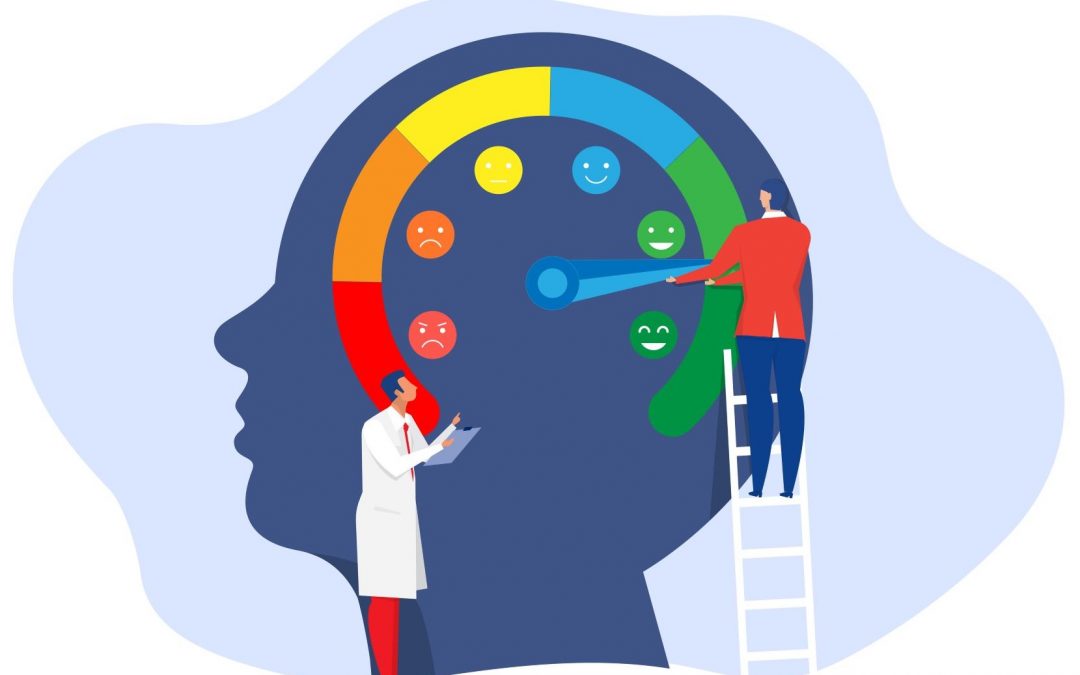On a particular day many years ago, I got extremely angry while driving (aka “road rage”). Sandra and I were dating at the time, and we were pulling out of the parking lot of a Skaggs-Albertson’s store in Texas in my brand-new Ford Mustang. I had bought the car as a graduation present to myself. I was feeling pretty cool (aka “self-centered”).
What Uncontrolled Anger Can Look Like
As we were pulling out of this parking lot, another car pulled in front of me to try to beat me out of the parking lot. With massive road rage and knowing that I had the faster car, I zoomed around in front of them. As I went around them, I waved at them with both hands, but with only one finger on each hand, as I drove with my knee past them.
Imagine how much anger I had triggered in that vehicle’s occupants.
I exited the parking lot before they did and took a right turn onto the street. I pulled up to the red light ready to go into the Texas A&M University campus, but all the lights were red. When I looked in my rearview mirror, I saw two guys getting out of their car, both with a knife in their hand as they walked toward my car. Well, being a Texan, that wasn’t a problem for me. You don’t bring a knife to a gunfight. As I reached for my gun under my seat, Sandra reached over, grabbed my arm, and said, “No!” Well, when she said that, I looked up, ran the red light, and raced away like a chicken.
If my wife hadn’t been calm in that situation, there’s a good chance I might be teaching transformational leadership in the Texas penitentiary system today. How ridiculous would that have been to shoot somebody over who got out of the parking lot first! But, that’s what anger can cause us to do.
What Pushes Your Buttons
When people get angry, how do you normally respond to them? When someone comes at us with anger, most of us respond with more anger. Then, the other person responds with more anger, and the cycle continues. Soon, there’s a full-blown argument. How’s that working for you?
There are three root causes of anger: fear, frustration, and pain (physical or emotional). When we become angry, an adrenaline called epinephrine (or norepinephrine) is released into our bodies, causing us to go into fight-or-flight mode. When we go into fight-or-flight mode, the rational part of our brain is inhibited, forcing us to rely on the emotional part of our brain. After expressing anger, have you ever thought or said, “I can’t believe I said (or did) that! What was I thinking?” Well, now you know the truth. You weren’t . . .thinking!
What Controlling Anger Can Look Like
When fear, frustration, or pain kicks in, what would happen if we could start changing the thought that occurs in those moments. For example, what if we immediately thought something like there’s always one more thing about that person’s life I know nothing about. Or, what if we thought that person may have some hippocampus issues that are causing them to be angry. It may have nothing to do with what I just said or did. Or, Wow! Thank goodness this person cares enough about me to bring this issue to me so I am aware of it.
If we can think like this when people get angry with us, we can prevent the epinephrine from releasing. However, if the epinephrine does release, the best thing we can do is to remain silent. Don’t respond. Don’t fight back. Don’t take flight. Let the epinephrine run its course. Once the epinephrine runs its course, we can calmly deal with the anger we’re both experiencing.
The good news is that anger does not have to control us. We do not have to allow anger to control us. We can control our anger by understanding what causes us to get angry and then by intentionally identifying new, different thoughts which we can choose to think to replace the anger emotion. When we take this approach, our relationships will improve dramatically. If our relationships improve, we can shift the culture of any organization. And remember that an organization is when two or more people are in relationship with each other.
Ford Taylor is a leadership strategist, keynote speaker, and the author of Relactional Leadership. As the Founder of Transformational Leadership, he is known as a man who can solve complex business issues, with straightforward practical solutions, while maintaining his focus on people.



